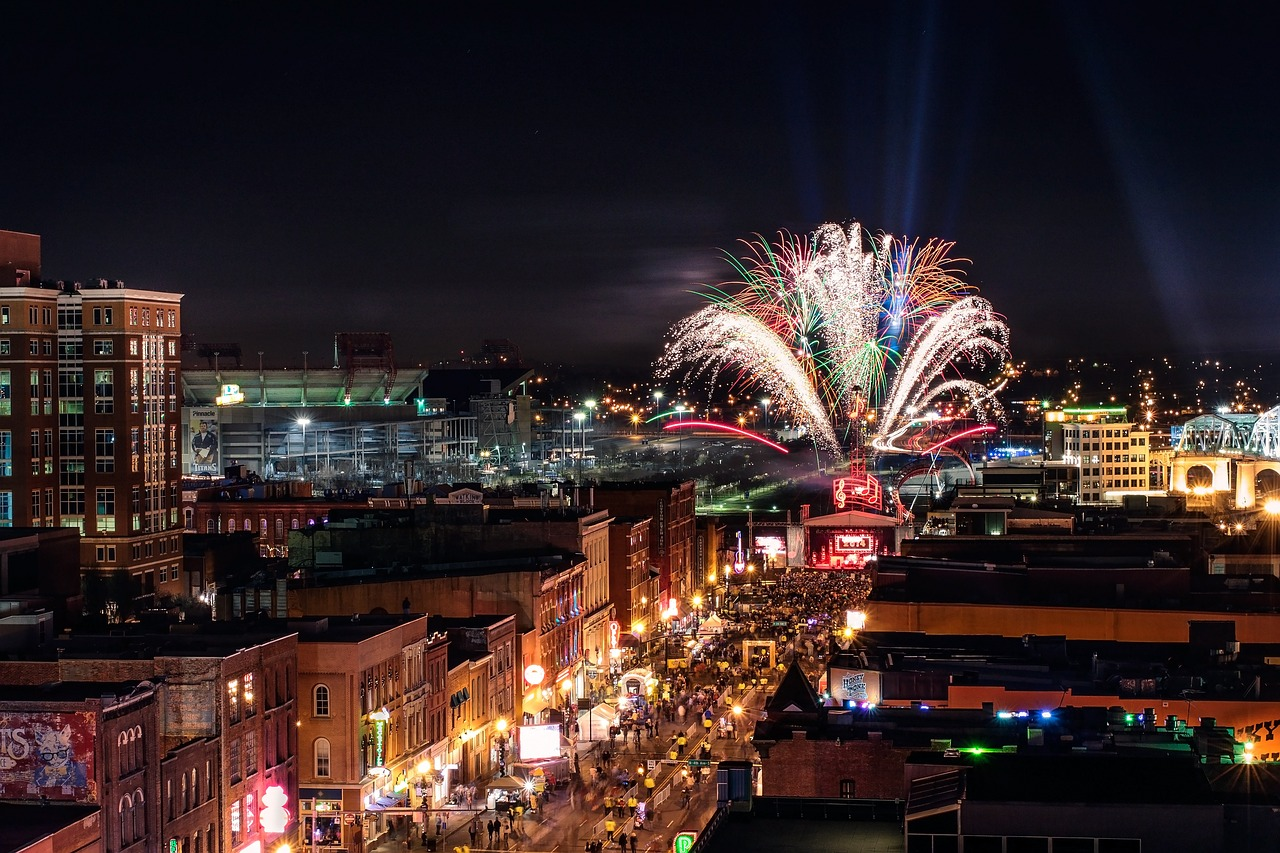6 Famous Figures from the Pop Art Movement
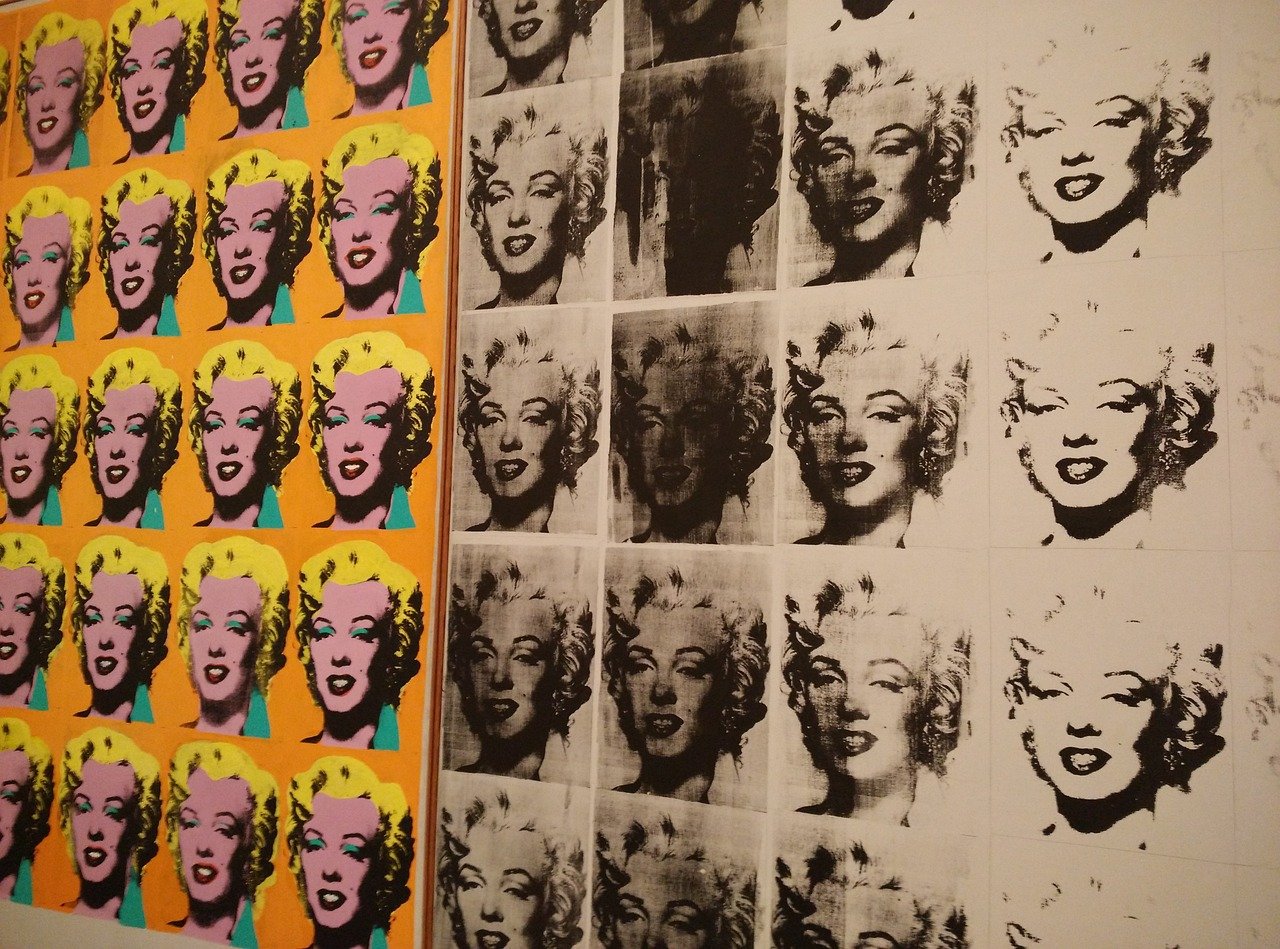
Table of Contents
The Pop Art movement emerged in the 1950s and 1960s as a reaction to the seriousness and elitism of abstract expressionism. Pop artists embraced popular culture and challenged traditions by including ironic, kitschy, and sometimes banal images and themes in their works. Here are six of the most influential figures from the seminal Pop Art era.
Andy Warhol
The most renowned Pop artist, Andy Warhol, is still a household name decades after his death in 1987. He’s known for iconic screenprints of Campbell’s Soup cans and Marilyn Monroe as well as experimental films like Chelsea Girls. Warhol was fascinated with fame, consumerism and celebrity culture.
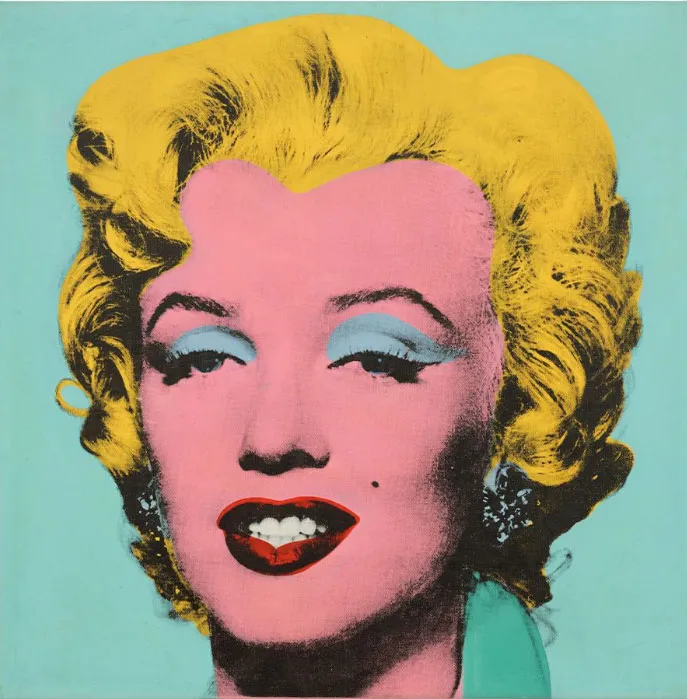
His studio in New York, The Factory, became a meeting place for musicians, artists, and fringe characters who inspired and appeared in his artworks. Works like his Dollar Signs and images of everyday grocery store items underscored his belief that art could be found in common things.
Roy Lichtenstein
Best known for repurposing comic book images, Roy Lichtenstein took scenes from romance and war comic books and recreated them as giant, graphic canvases. Lichtenstein exaggerated and highlighted mechanical techniques of commercial printing to blurred Ben-Day dots and unmixed primary colours.
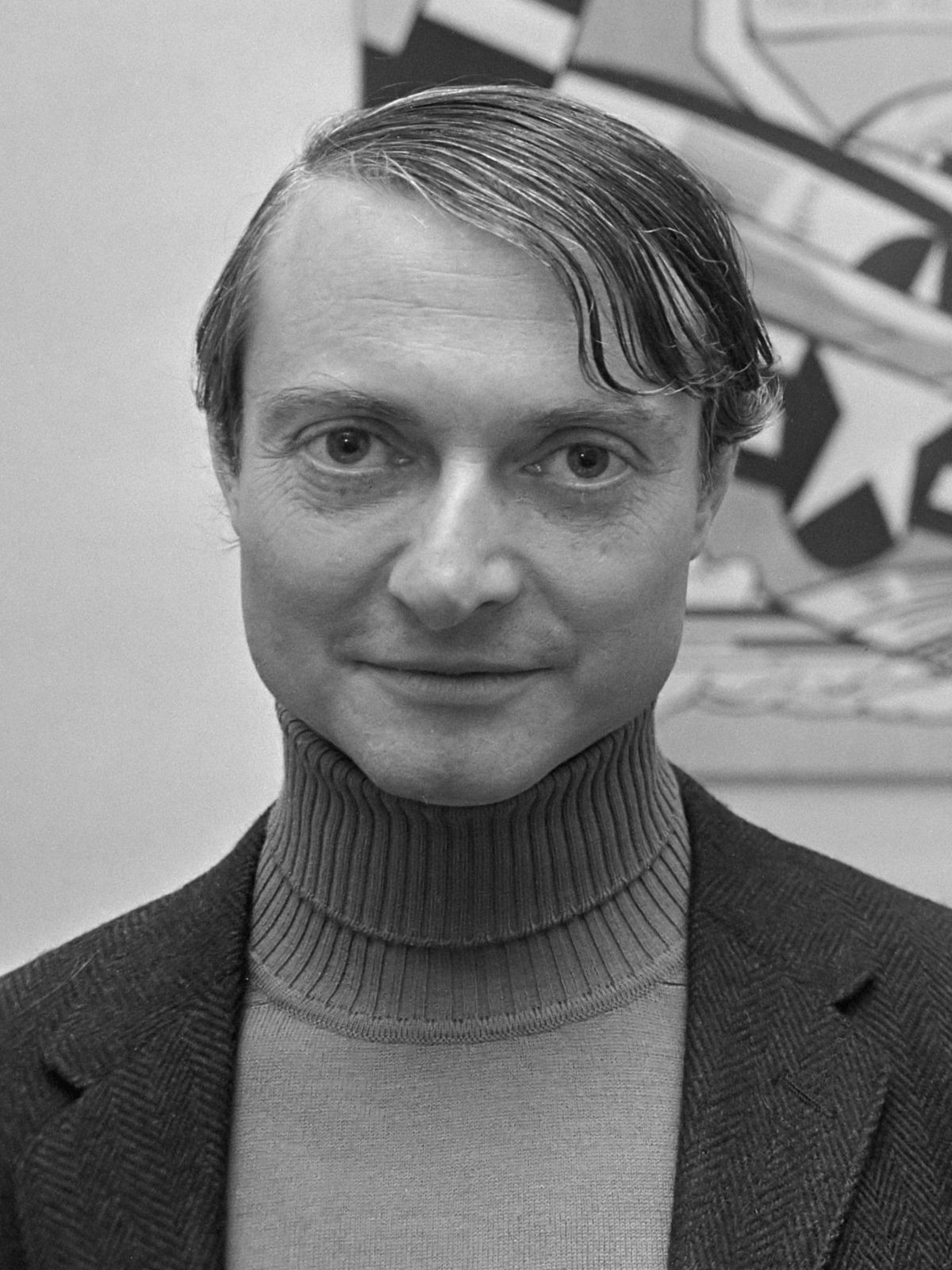
The thick, dark outlines and flat look parody the trivialisation of romantic situations in popular illustrations. Major works include Drowning Girl, inspired by the lead story in DC Comics’ Secret Hearts, and the iconic Whaam! diptych, adapted from DC Comics’ All-American Men of War.
Claes Oldenburg
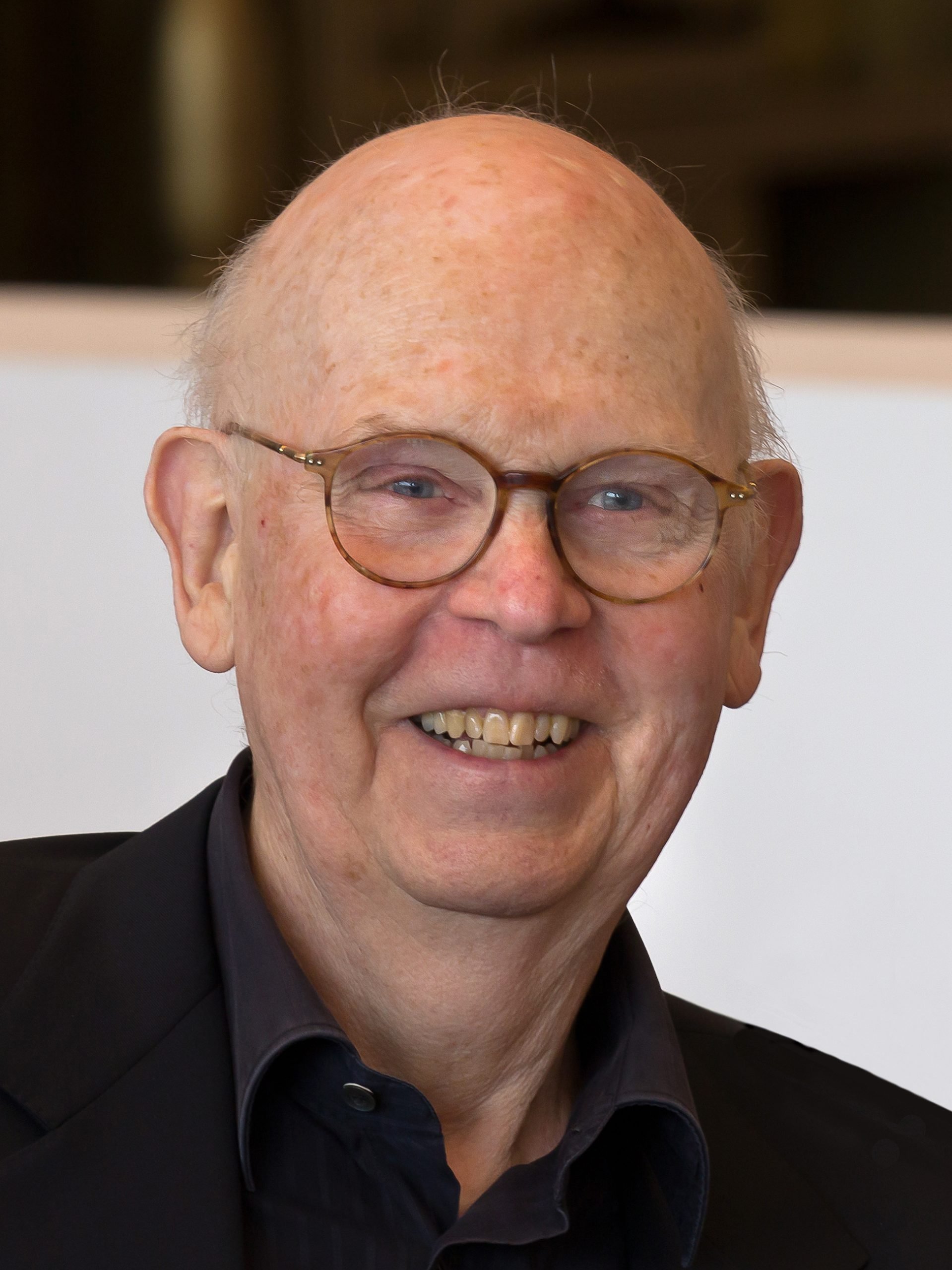
Pop sculptor Claes Oldenburg played with scale and form to create giant, soft sculptures of ordinary objects like clothespins, matches, and French fries. He was inspired by the objects and signage around New York City. Works like his giant Floor Burger and sculptures of typewriters and electric fans add playful whimsy by rendering stiff, rigid forms in soft, drooping materials like fabric and vinyl.
Oldenburg blurs the line between art and life with sculptures that look like toys and reimagines icons of American life as oversized oddities.
David Hockney
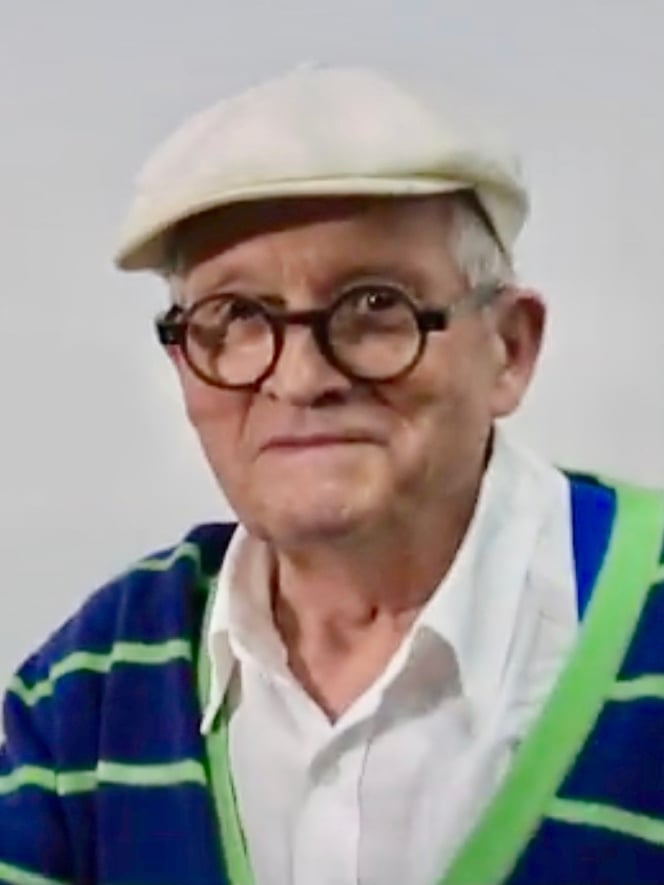
British Pop pioneer David Hockney captured the look and feel of American culture in the 1960s. Works like A Bigger Splash evoke backyard swimming pools and sunny leisure so iconic in Southern California. With acrylic paints, Hockney created flat, hard-edged works filled with crisp lines and saturated colours.
Some of his most recognisable Pop pieces are his double portraits in which the same subject is depicted side-by-side, showing two perspectives at once and subverting traditional portraiture. He continues to create art today from his studio in Los Angeles.
Eduardo Paolozzi
Considered by many as the father of Pop Art, Eduardo Paolozzi was an early pioneer of the movement. As early as 1947, the Scottish sculptor and printmaker began incorporating popular imagery from American advertisements, comics, magazines, and movies into collages and screenprints.
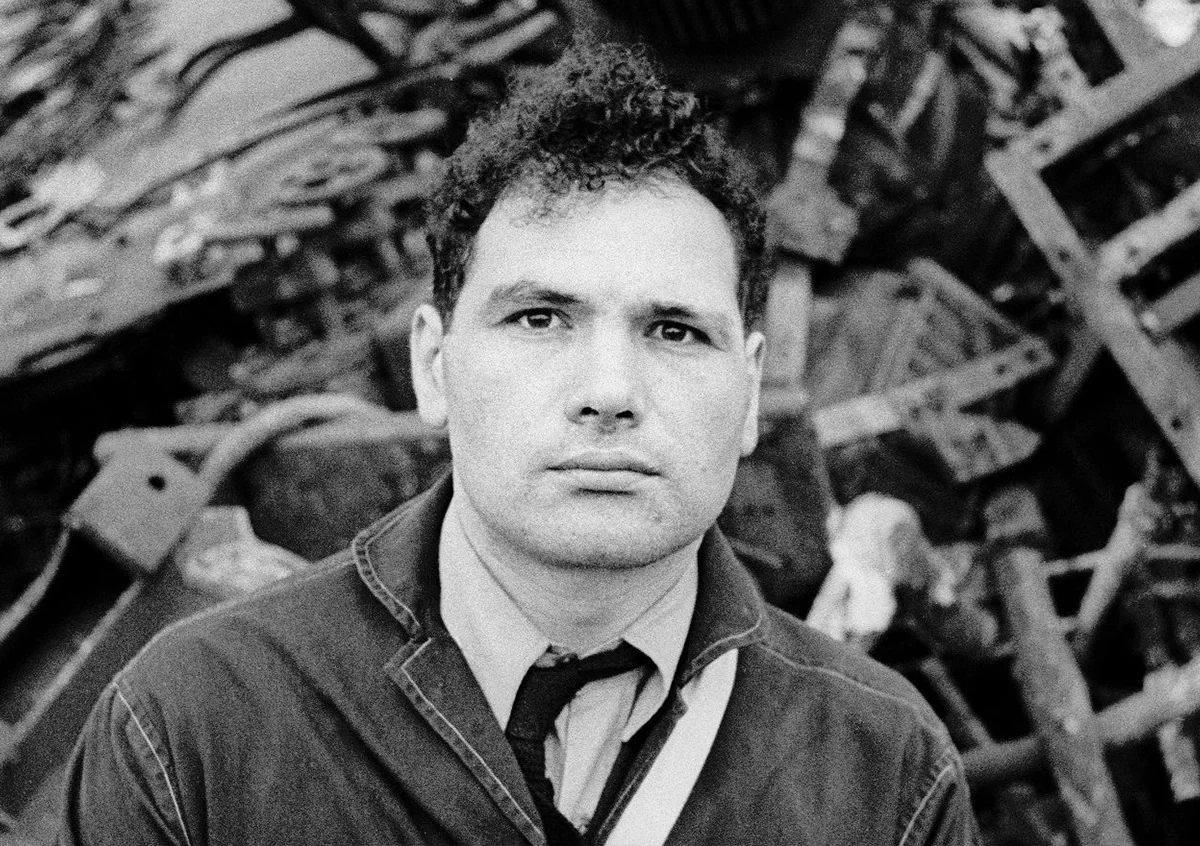
His seminal 1947 collage, I Was a Rich Man’s Plaything, integrated cutouts from a men’s pulp detective magazine into an abstract composition. This technique of combining popular culture ephemera with art would later come to define Pop. Paolozzi continued to experiment extensively with printmaking, sculpture, mosaic, and public art commissions until he died in 2005.
Jasper Johns
Neo-Dadaist Jasper Johns painted some of the most iconic works of Pop Art by depicting everyday symbols and signs like flags, maps, letters, and numbers. His landmark Flag encaustic painting of a tattered American flag is an early example of how Pop could elevate mundane subjects to fine art.
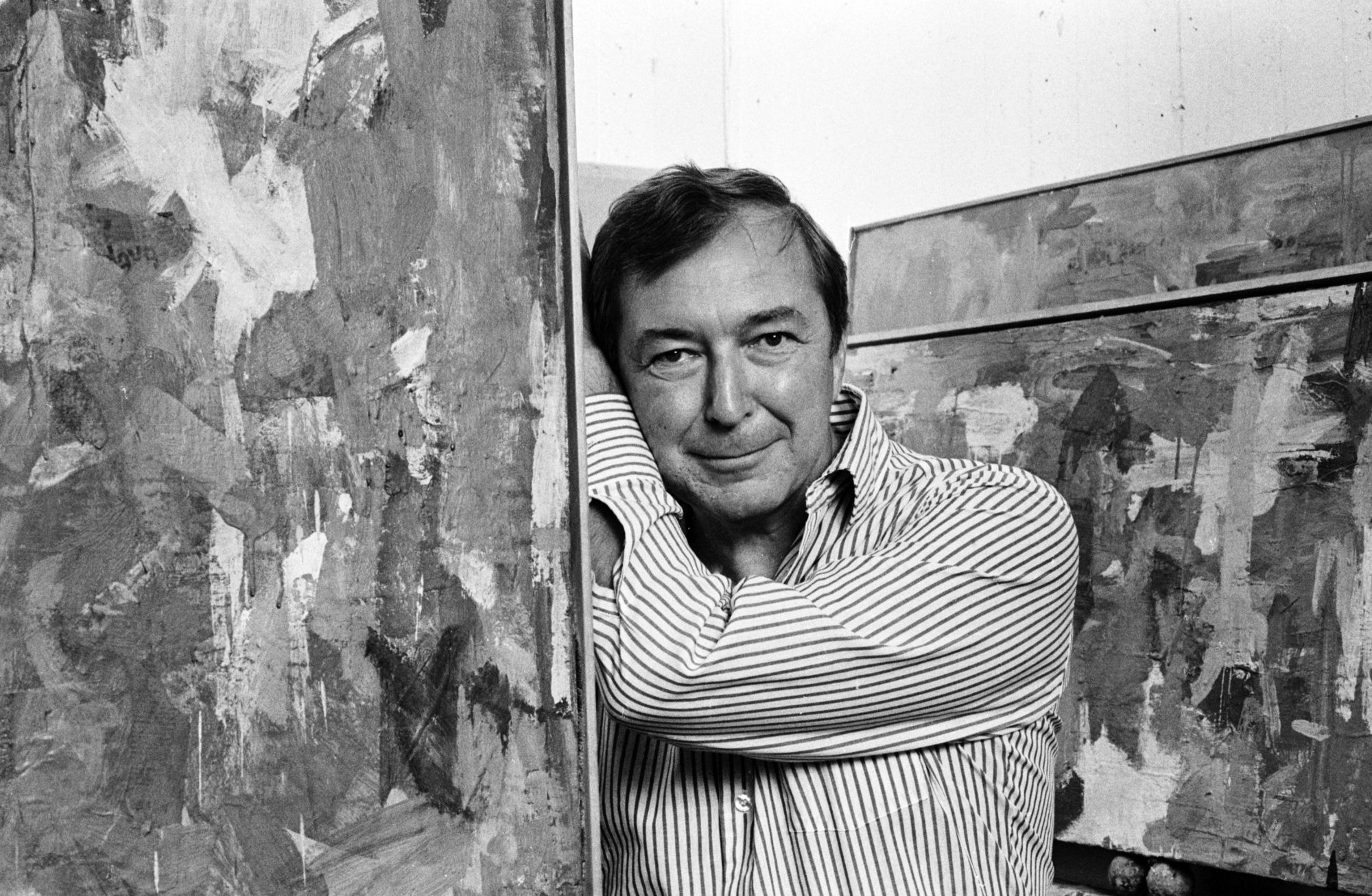
By representing things people encounter daily but often take for granted, Johns provokes viewers to appreciate the familiar anew. His Target paintings with their concentric circles in primary colours, also reduce symbols to their abstract, graphic essence. Johns remains prolific today creating lithographs, etchings, and bronze sculptures along with paintings.
This key group of American and British artists seized imagery from contemporary mass media and advertising to create groundbreaking works that reflected modern society. Their embrace of consumerism and redefinition of artistic sources generated a seismic shift in avant-garde art and ushered art out of the abstract and elite.
Pop Art has become one of the most recognisable post-war art movements, with ongoing influence in graphic design, advertising, music culture, and fine art today. Although styles and subjects have evolved, contemporary artists continue to riff on iconic Pop works, testifying to the movement’s enduring spirit.
Using Pop Art as Inspiration for Your Designs
As these pop art examples show, pop art can inspire all kinds of amazing designs, from posters and flyers to social media content. Graphic designers often integrate pop art themes like vintage comic prints, bright colours, and consumer product packaging into website graphics, logos, advertising, and product interfaces. Pop art’s characteristic thick outlines and contrasting colours also influence textiles, home goods, and apparel.
Using pop art themes and remixing famous pop artworks into new contexts allow designers to grab viewers’ attention while invoking nostalgia and associations with a groundbreaking art movement.
Whether it’s a Warhol-inspired mural, Lichtenstein-esque t-shirt graphic, or soup-can motif, pop art continues to feed creative minds.






